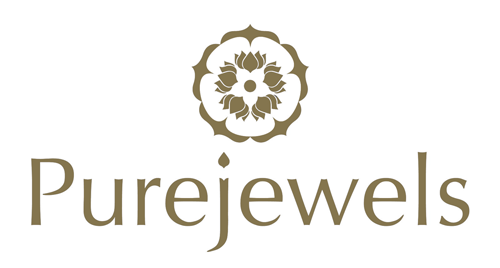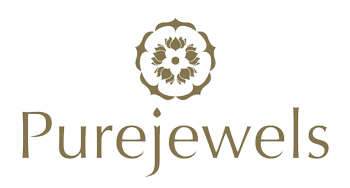The purity of gold is determined by measuring the proportion of pure gold in a piece relative to the total weight of the alloy. This is typically expressed in carats (ct or K) or fineness (parts per thousand).
How Gold Purity Is Measured
1. Carat System (Out of 24)
-
24ct gold = 99.9% pure gold (the highest possible)
-
22ct gold = 91.6% pure gold
-
18ct gold = 75% pure gold
-
14ct gold = 58.5% pure gold
Each carat equals 1/24th part of the whole. So, 22ct means 22 parts of gold and 2 parts of other metals.
2. Fineness System (Per 1000 Parts)
-
999 = 99.9% gold (24ct)
-
916 = 91.6% gold (22ct)
-
750 = 75.0% gold (18ct)
This is often the system used in hallmarking.
Testing Methods to Determine Purity
1. Hallmarking
In the UK, the London Assay Office tests and certifies gold jewellery. Hallmarks are official stamps that indicate:
-
Metal type (e.g., gold)
-
Purity (e.g., 916 for 22ct)
-
Assay office mark
-
Maker’s mark
2. XRF (X-ray Fluorescence) Testing
Used by jewellers and assay offices, this non-invasive test quickly determines the metal composition.
3. Acid Testing
A small sample is scratched onto a testing stone and exposed to different acid solutions to see how it reacts. Less precise and typically used in informal settings.
Why Purity Matters
-
Higher purity means more value but less durability.
-
Lower purity increases strength but reduces gold content.
At PureJewels, all our gold jewellery is hallmarked and certified by the London Assay Office, ensuring authenticity and clarity for every piece.





